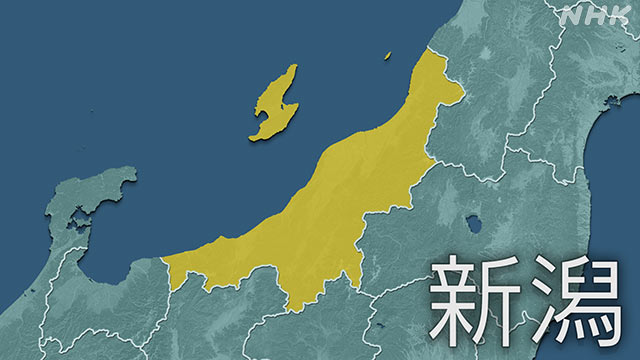In November, three cities and villages in Niigata Prefecture found that "mycotoxin" had been detected in wheat grown in Iwate Prefecture that was used for school lunches provided to elementary and junior high schools. Of these, one elementary school student in Yahiko Village had symptoms of diarrhea, but the relationship with "mycotoxin" is not known.
According to Yahiko Village in Niigata Prefecture, on November 11, about 24 meals of "senbei soup" made from wheat grown in Iwate Prefecture were provided to two elementary and junior high schools in the village.
Subsequently, the manufacturer of the rice crackers contacted the village through the supplier that it was found that "mycotoxin" exceeding the standard value was detected in the raw material wheat, and when the village proceeded with the confirmation, it was found that one elementary school student had symptoms of diarrhea for several days from the day after eating the school lunch.
His symptoms are mild and he is now recovering.
The relationship with "mold toxin" is not known, but manufacturers and others are investigating the concentration of "mycotoxin" contained in rice crackers.
In addition, a total of 2 schools, including
compulsory education schools in Sanjo City and elementary and
junior high schools in Joetsu City,
have been provided with school lunches using rice crackers from the same vendor, but there have been no reports of health hazards so far.
Wheat from Iwate Prefecture, where "mycotoxin" was detected, was served as a school lunch in Miyagi Prefecture and other places, and reports have been revealed that people have become unwell.

